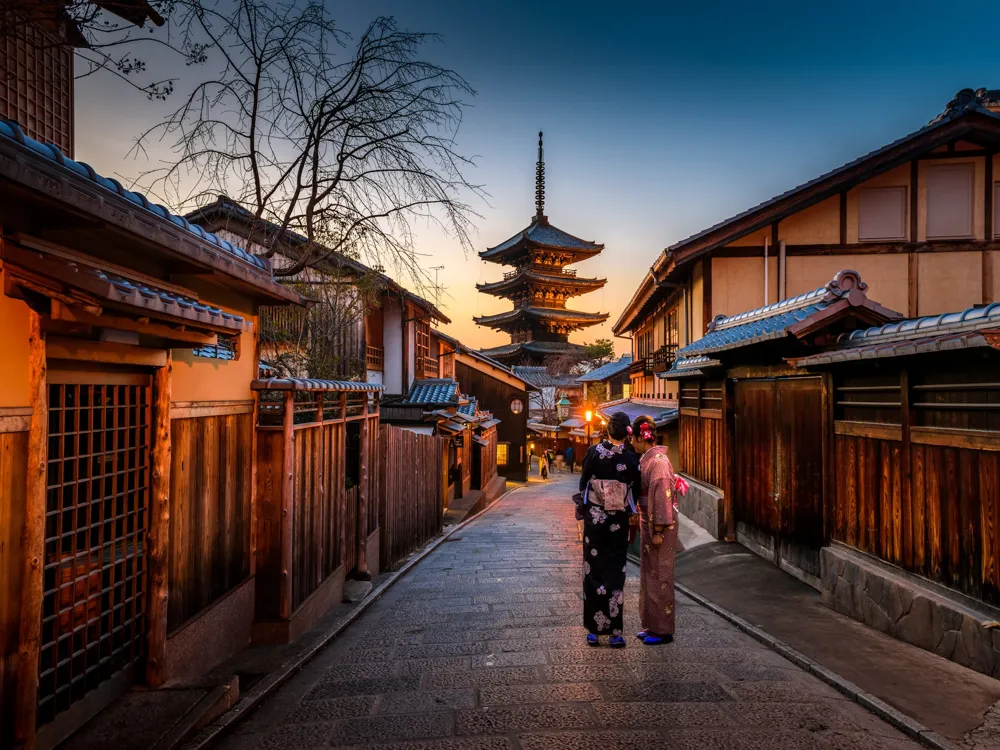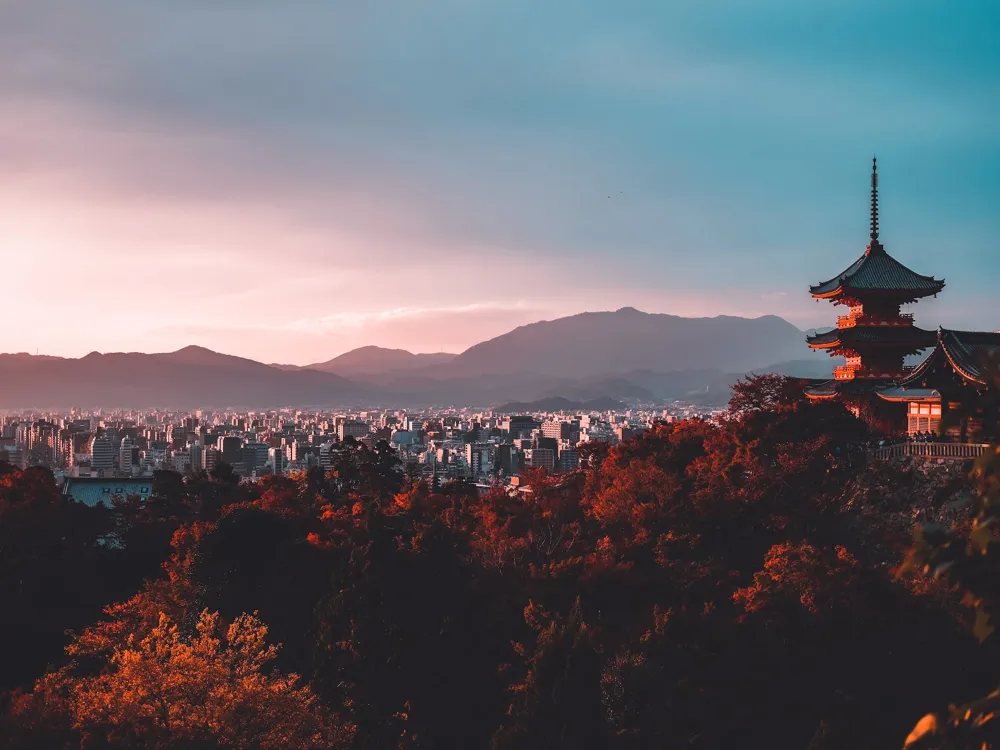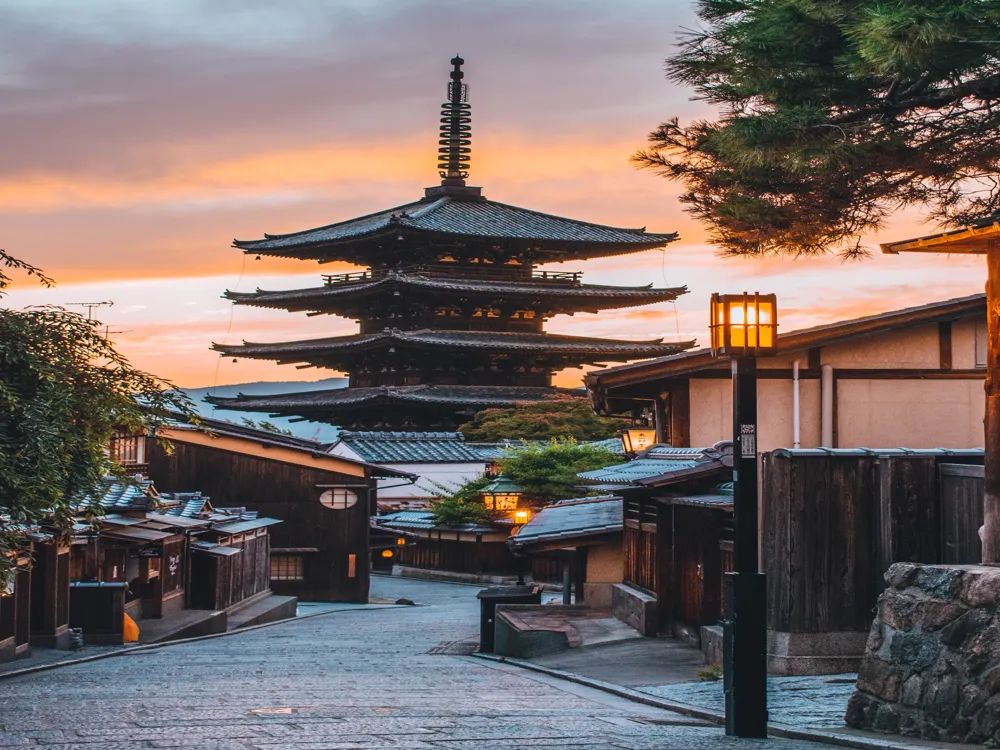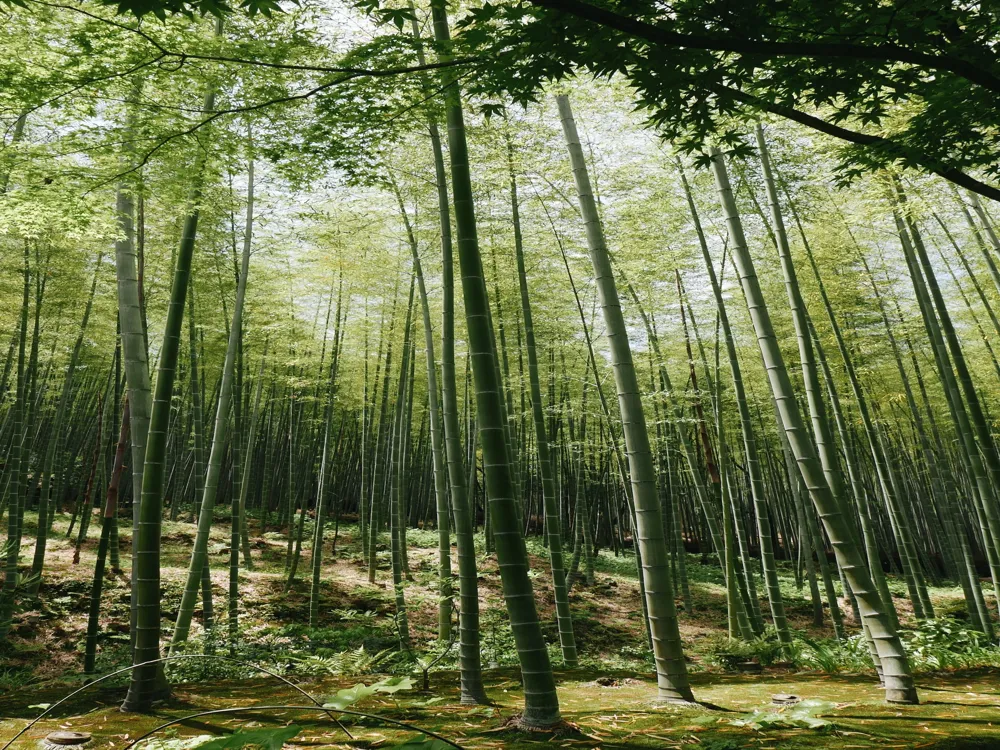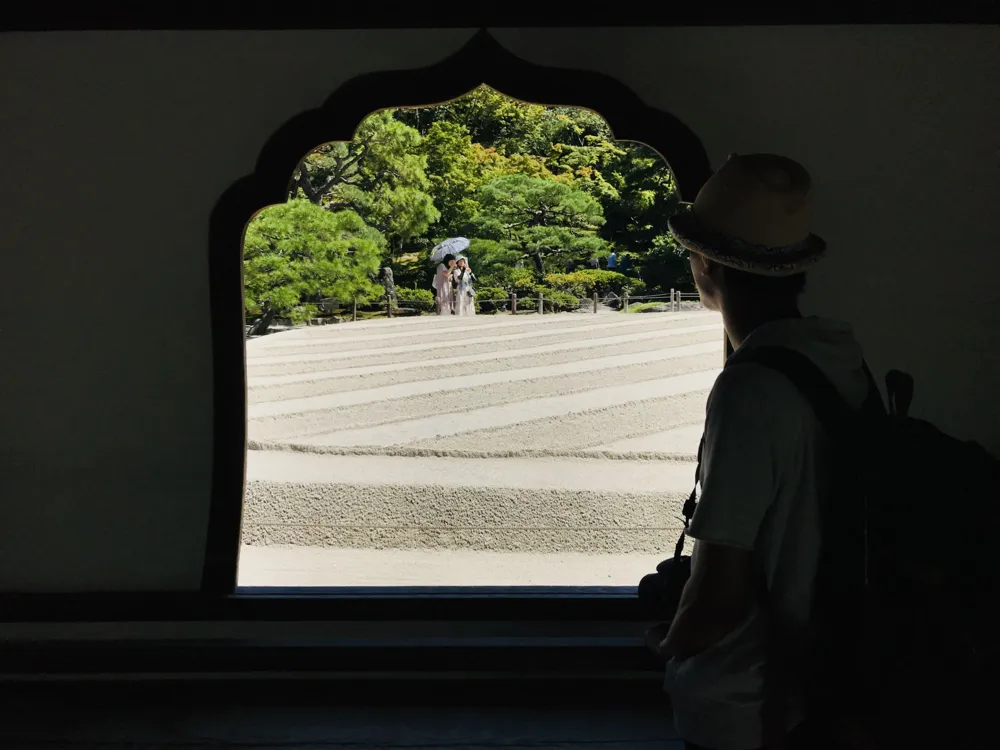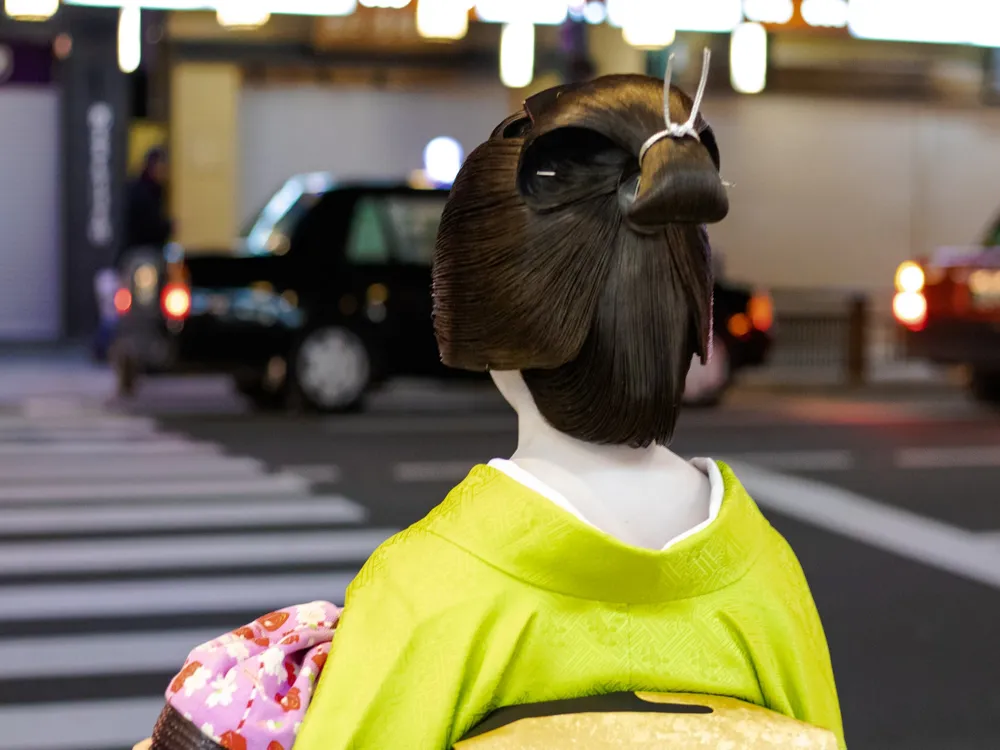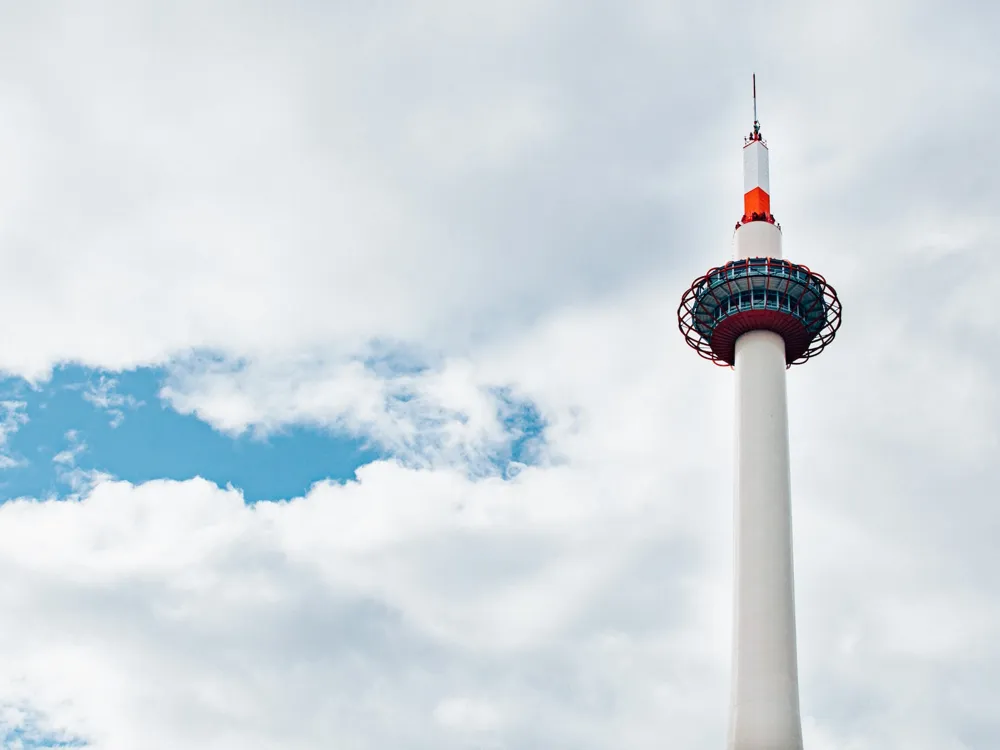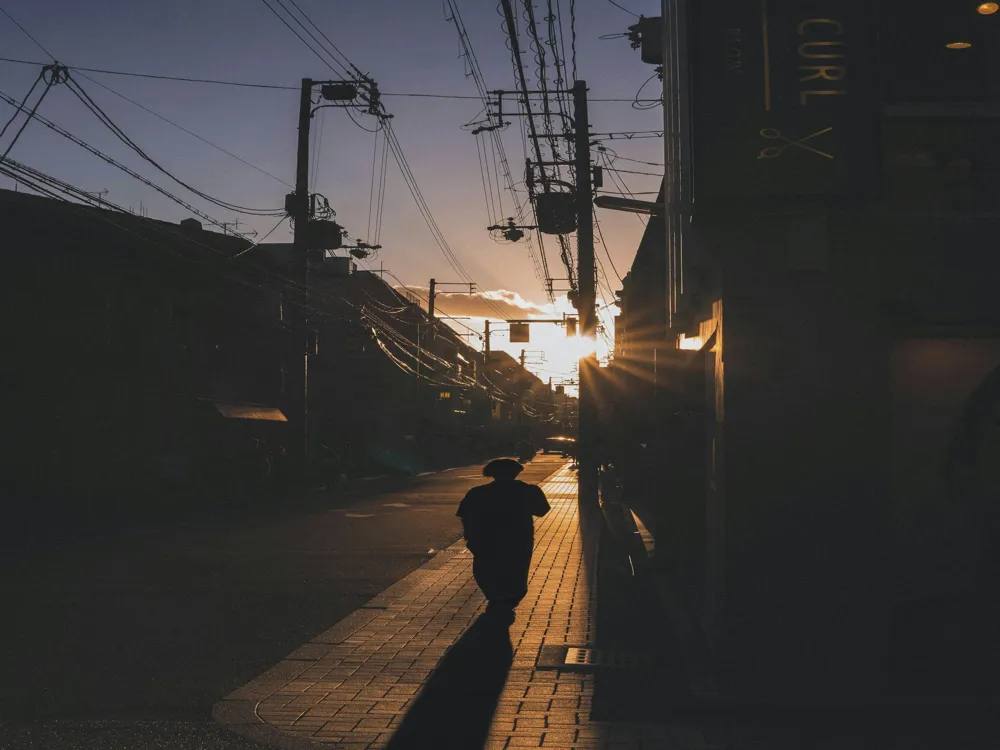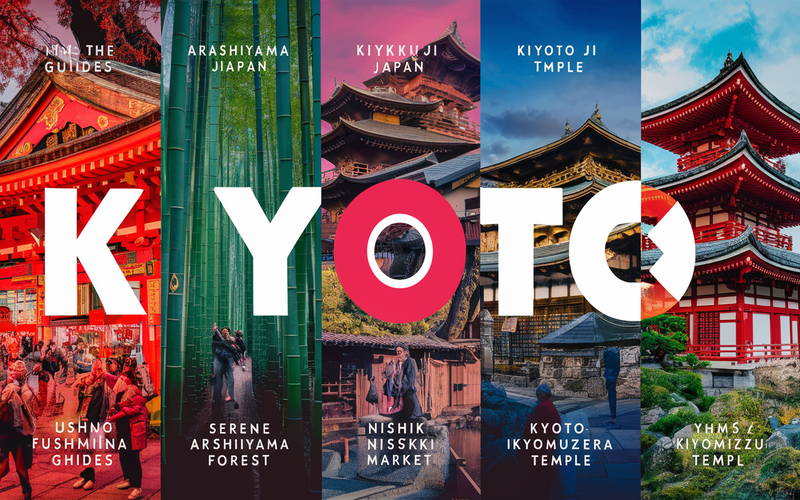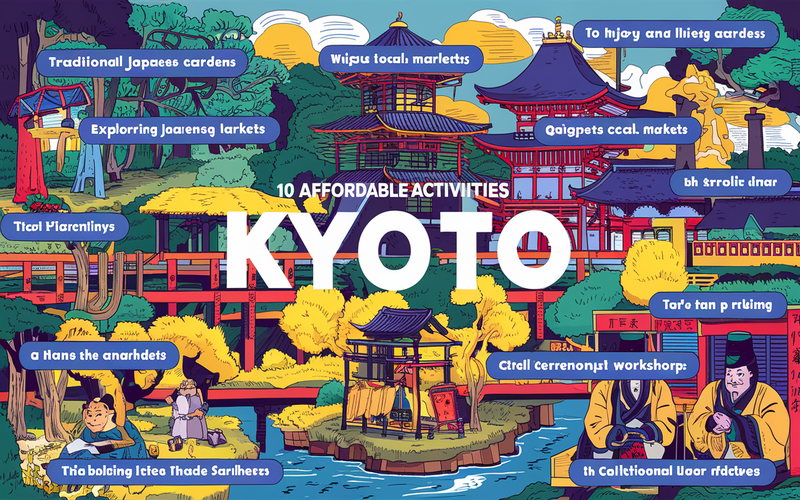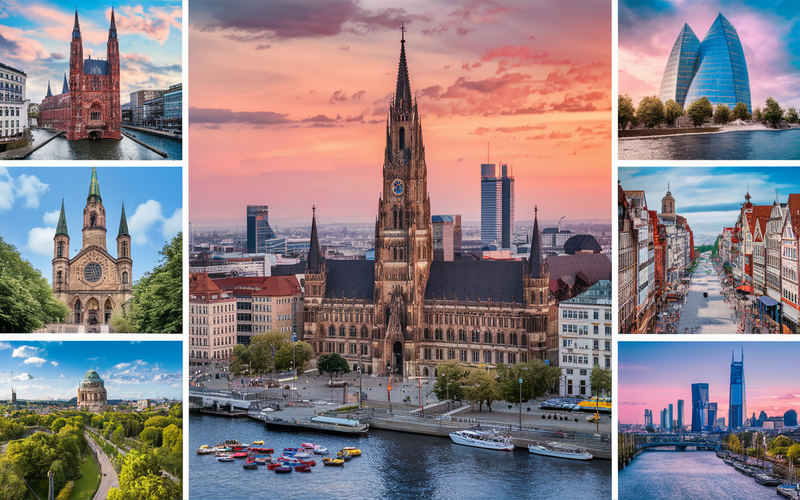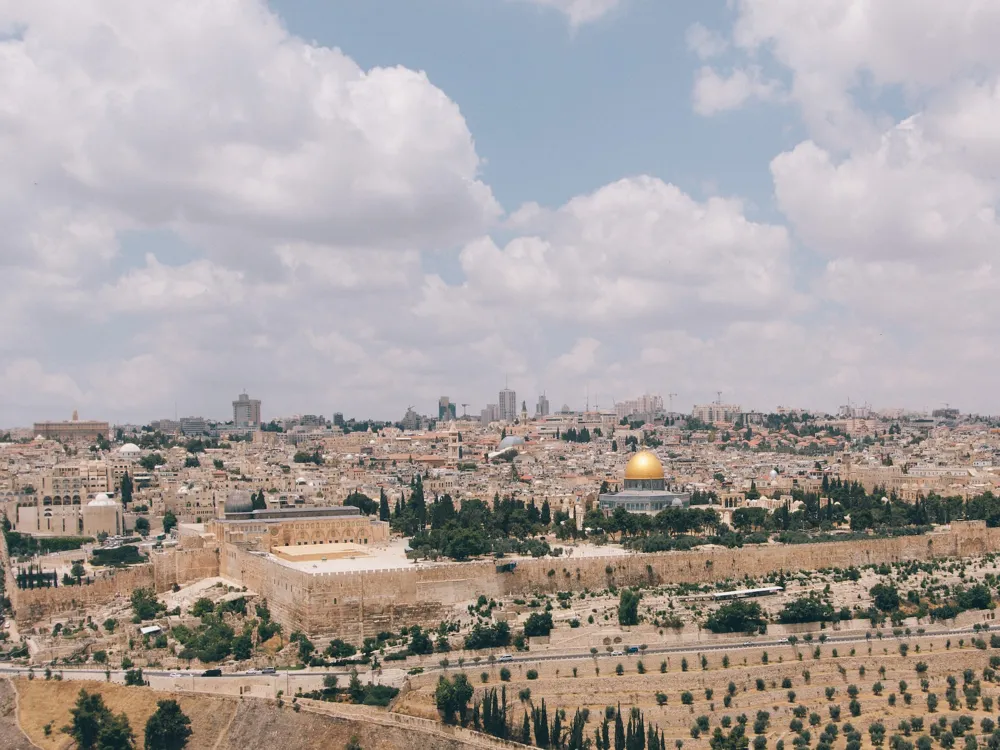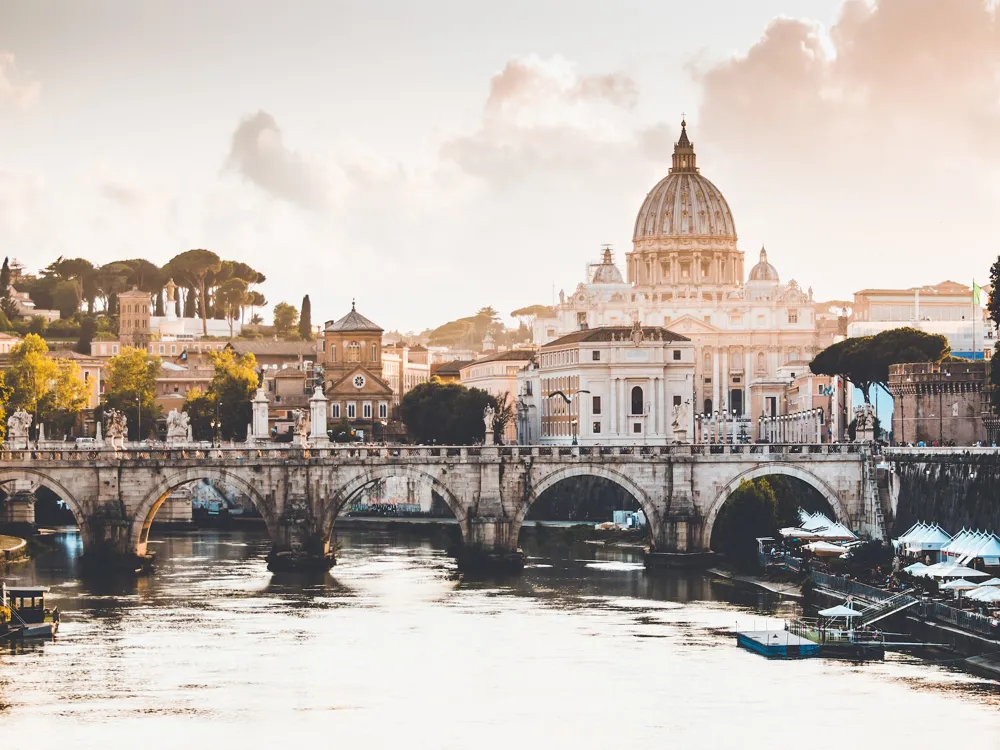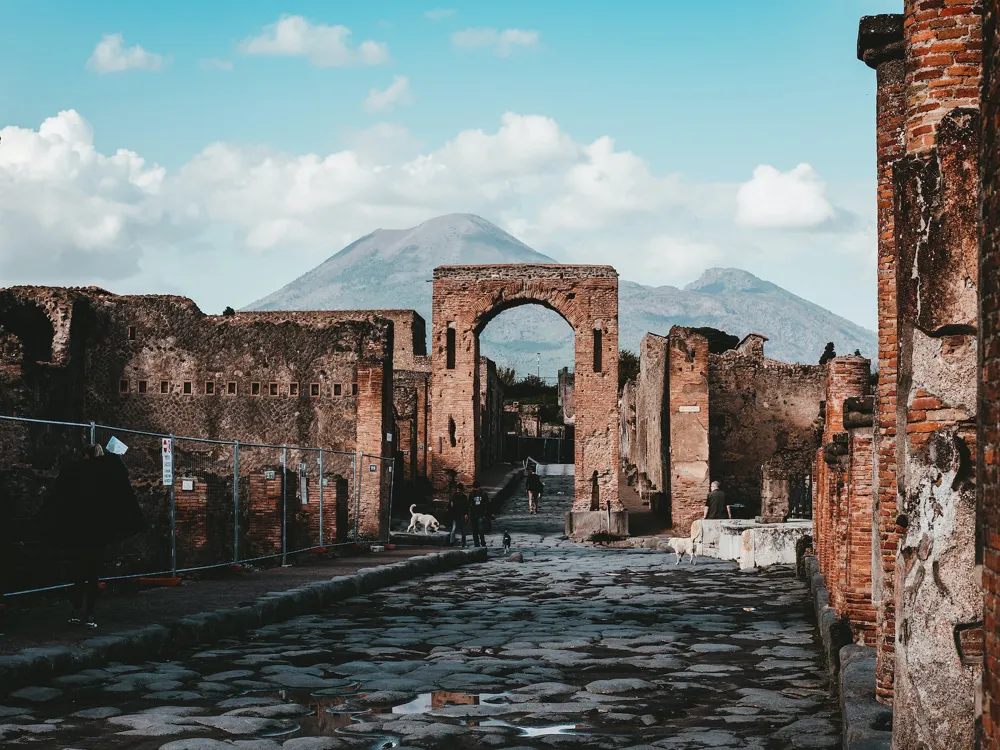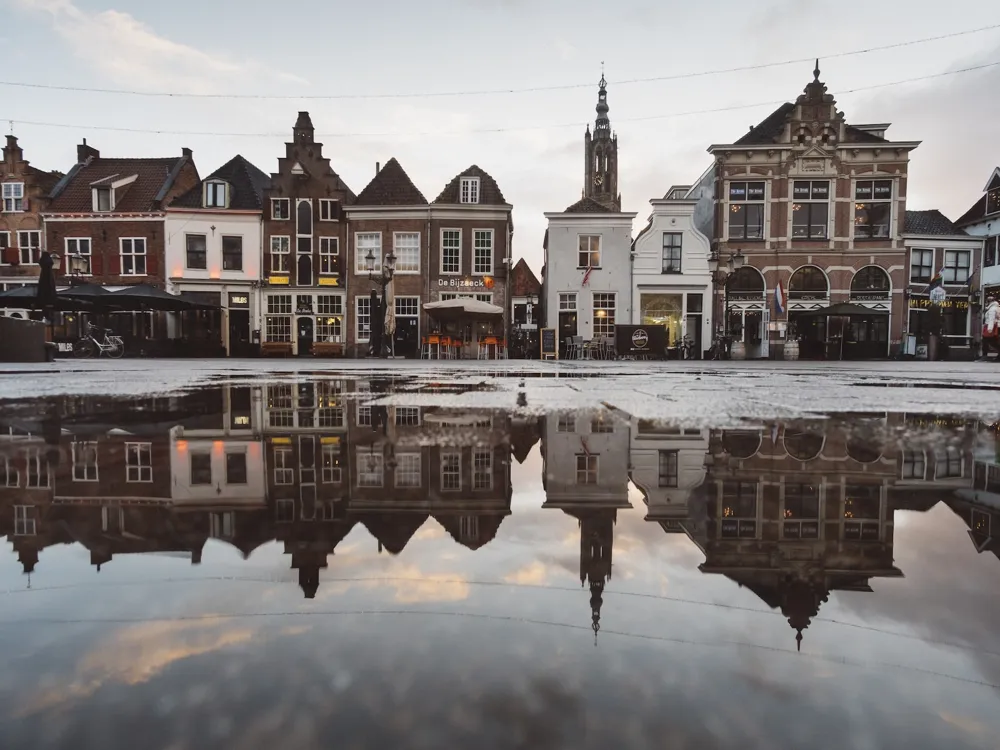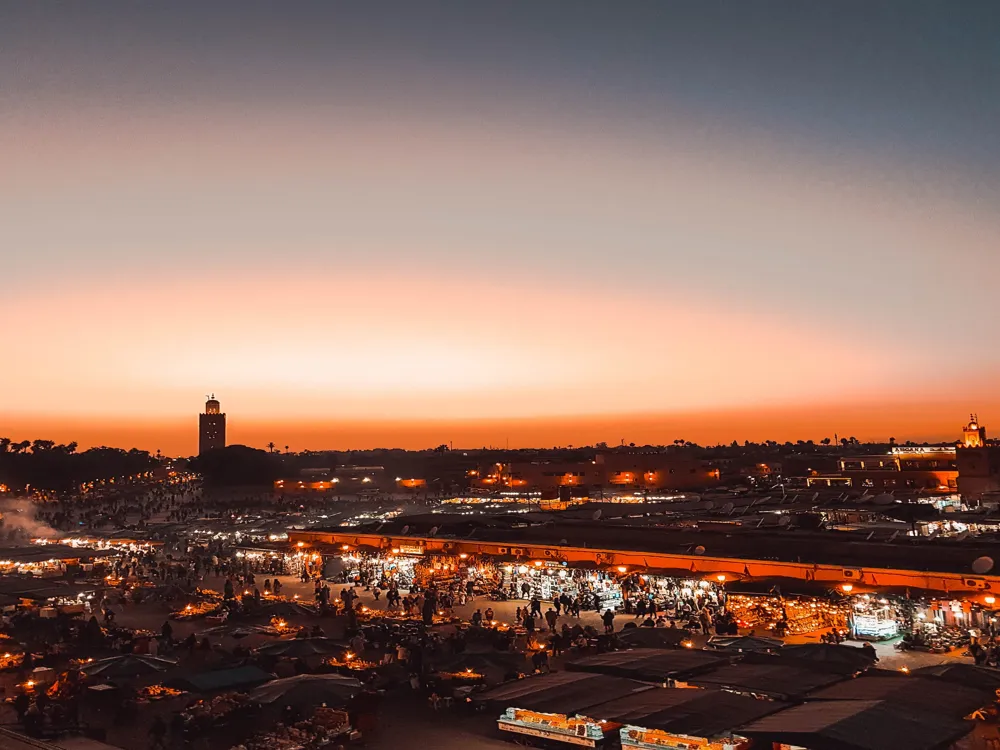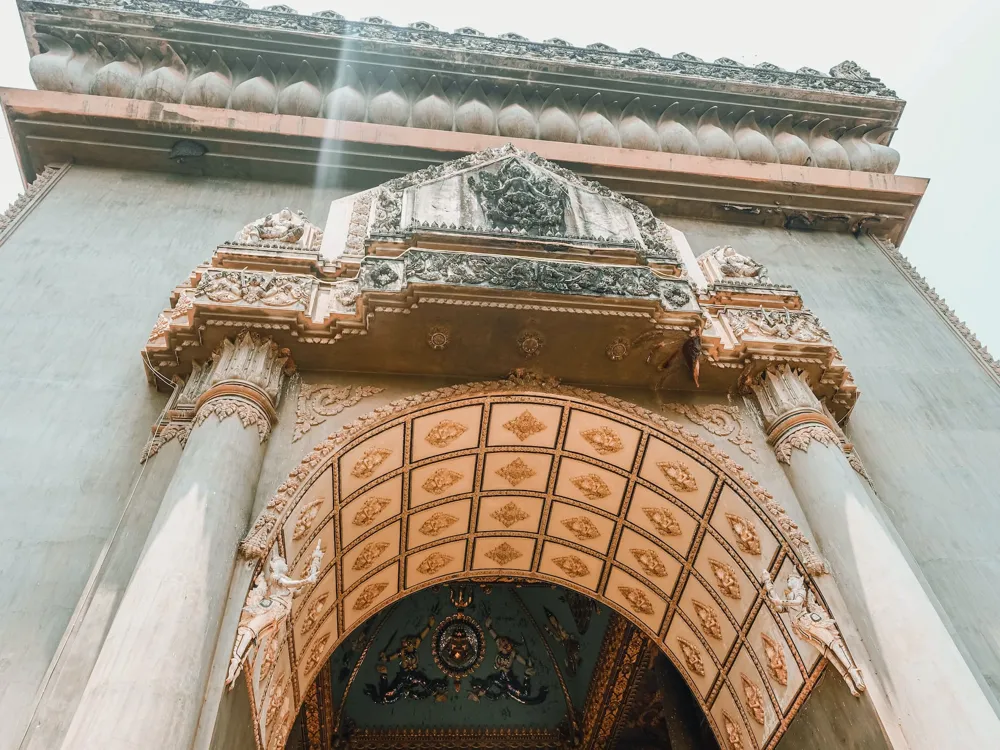Plan Your Travel To Kyoto
Kyoto Travel Essentials
Rating:
Weather:
Ideal duration: 3 days
Best Time: March- May, September-November.
Planning a Trip? Ask Your Question
Places To Visit In Kyoto
View All Places To Visit In Kyoto"A culturally rich refuge."
Kyoto Tourism
Embark on a trip through time and tradition as you explore the alluring megacity of Kyoto. Nestled in the heart of Japan, Kyoto is a witching mix of ancient prodigies and ultramodern sensations. Our commitment to furnishing you with the most comprehensive companion ensures that your Kyoto experience is nothing short of extraordinary.
While other metropolises in Japan grasp fustiness without vacillation, Kyoto still maintains traces of tradition and old Japanese culture. With every road, mountain, and sanctum having a commodity to offer, Kyoto is a must-visit for a rich, wholesome artistic experience. The old capital of Japan, Kyoto, is characterised by its deep, intriguing artistic roots. Girdled on three sides by mountains, Kyoto is an incredibly tranquil place filled with more than a thousand tabernacles, vestiges of traditional Japanese culture, and auditoriums that change colours with the seasons. Boasting graphic Japanese armature and traditional geishas, Kyoto also has a different range of cuisine, enough to delight the most seasoned dilettante. Large tabernacles dot the geography, with every road having a commodity new to offer, like a retired ramen eatery or a traditional Japanese lodging. It's one of the most bike-friendly metropolises in Japan, giving a plenitude of openings for excursionists to explore Kyoto. Also made for the audacious, it's home to numerous hiking trails and discovery spots in the mountainous regions girding it. In conclusion, Kyoto is the stylish option for the relaxed sightseer who seeks to explore and discover traditional culture and adventure. Kyōto was the capital of Japan for over a renaissance and carries a character as the nation's most beautiful megacity and its artistic capital. Step back in time to Homeric Japan as you explore the megacity’s numerous World Heritage spots, such as the Kiyomizu Temple. Kyoto is also famed for its landscaped auditoriums , numerous of which are grounded in designs dating back hundreds of years. The wealth of artistic history in Kyoto can be inviting, and it can be delicate to know where to start. Take the Philosopher’s Walk to acquaint yourself with some of Kyoto’s major sights, such as the Eikando Temple. The walk takes in three major tabernacles as well as several lower tabernacles and sanctuaries, exchange shopping areas, and caffs where you can test the traditional Japanese multicourse regale, kaiseki. Cherry blossoms line the walk during spring, and in the fall, the area comes alive with the brilliant reds of maple trees. Central Kyoto offers a combination of ultramodern and traditional delights. Lift up the Kyoto Tower for a 360-degree view over the megacity from 330 bases ( 100 metres) up. Explore the Nishiki Market, lined with caffs , fresh yields, and road food booths. See giant salamanders and original swashfish at the Kyoto Aquarium. At one of the regular carnivals held in the megacity, taste some of the food brought to Kyoto from all over Japan to please the Emperor, watch traditional crafts being made, take an assignment in saké brewing, and witness the culture of Japan. Lovers of Japanese literature will enjoy the 17th-century Katsura Imperial Villa, erected to act as the fictional setting of the 11th-century novel The Tale of Genji. Tourism is a large part of Kyoto’s frugality, and there are some unique lodestones , similar to hand-feeding wild snow monkeys at Arashiyama Monkey Park. Kyoto has a welcoming atmosphere, inconceivable natural beauty, and a layered history. Kyoto City attracts millions of original and transnational callers each time, looking for traditional Japanese culture. Tabernacles and sanctuaries similar to Kiyomizudera Temple and Kinkakuji draw lots of attention from callers, as do the bamboo groves near Arashiyama. Stay in a traditional ryokan, take a dip in an invigorating onsen, and enjoy the seasonal changes of cherry blossoms and brilliant afterlife leafage. Kyoto's magic is only a short train ride from Tokyo. Beyond the megacity lie Kyoto Prefecture's numerous seductive pastoral areas. In the north, Amanohashidate has long been considered one of Japan's three most scenic places. Nestled in the mountains, Miyama is one of the last municipalities with thatched-roofed farms, numerous of which are still inhabited. Enjoy succulent, original vegetables and the notorious green tea grown in Uji. Kyoto served as Japan's capital and the emperor's hearthstone from 794 until 1868. It's one of the country's ten largest metropolises, with 1.5 million occupants and an ultramodern face. Kyoto has seen several battles and fires over the ages, but because of its extraordinary significance, the megacity was spared off the list of target metropolises for the Little Lemon and managed to survive World War II. innumerous tabernacles, sanctuaries, and other historically priceless structures survive in the megacity moment.
Kyoto Travel Packages
View All Packages For Kyoto
Must Know Before You Travel to Kyoto
Japan Tour Packages Before embarking on your journey to the capital, it's crucial to be well-prepared. Here's a quick guide to ensure a seamless experience:
What sets Kyoto apart:
- Rich Heritage: Immerse yourself in the cultural tapestry of Kyoto, where ancient temples and traditional tea houses beckon.
- Seasonal Splendors: Discover the magic of cherry blossoms in spring and vibrant foliage in autumn, each season offering a unique spectacle.
- Etiquette Essentials: Respect local customs, such as bowing and removing shoes, when entering sacred spaces.
Navigating Kyoto:
- Efficient Transport: Kyoto boasts an extensive public transportation system, including buses and subways, for seamless exploration.
- Culinary Delights: Indulge in Kyoto's gastronomic delights, from savoury kaiseki to delectable matcha-infused treats.
- Language Tips: While English is not widely spoken, a few basic Japanese phrases go a long way in enhancing your experience.
Top Hotels In Kyoto
View All Hotels In Kyoto
More on Kyoto Travel
Nightlife in Kyoto
As the sun sets, Kyoto transforms into a vibrant nocturnal hub. Navigate the lively Gion district, where traditional tea houses coexist with modern bars, offering a nightlife experience like no other.
Shopping in Kyoto
Kyoto's markets are a treasure trove of traditional crafts and modern finds. From quaint souvenir shops in Higashiyama to the bustling Nishiki Market, immerse yourself in a shopping spree blending history and style.
Exchanging Money in Kyoto
Ensure smooth financial transactions by exchanging currency at authorised banks or ATMs. Kyoto's central districts house numerous currency exchange points for your convenience.
Daily Budget for Kyoto
Plan your expenses wisely, allocating funds for attractions, dining, and souvenirs. While Kyoto offers options for all budgets, meticulous planning ensures a memorable and stress-free visit.
History of Kyoto
Kyoto's storied past unfolds in its historic sites, including the iconic Fushimi Inari Shrine and the serene Kinkaku-ji. Delve into the city's history, where each stone and structure narrates a tale of bygone eras.
Top Stories about Kyoto Tourism
Nearby Places Kyoto
Browse Package Collections
Browse Hotel Collections
Kyoto Photos
View All Photos For KyotoFAQs on Kyoto
Q1: Is Kyoto a suitable destination for solo travelers?
A1: Absolutely! Kyoto is known for its safety and welcoming atmosphere, making it an ideal destination for solo travelers. The city's efficient public transportation and friendly locals ensure a seamless and enjoyable experience.
Q2: What is the best time to visit Kyoto?
A2: The best time to visit Kyoto depends on your preferences. Spring (March to May) is famous for cherry blossoms, while autumn (September to November) offers stunning foliage. Summers can be warm, and winters bring a serene atmosphere with fewer crowds.
Q3: Are English language services available in Kyoto?
A3: While English is not as widely spoken as in some other tourist destinations, major attractions, hotels, and restaurants often have English-speaking staff. Learning a few basic Japanese phrases can enhance your experience.
Q4: How can I navigate Kyoto's public transportation system?
A4: Kyoto's public transportation system, including buses and subways, is efficient and well-connected. Consider purchasing a transportation pass for convenience, and maps and signs are generally available in English.
Q5: What are some must-try dishes in Kyoto?
A5: Kyoto is renowned for its kaiseki cuisine, matcha-flavored treats, and traditional Japanese sweets. Don't miss trying yudofu (tofu hot pot), matcha-flavored ice cream, and delicious street food in Nishiki Market.

